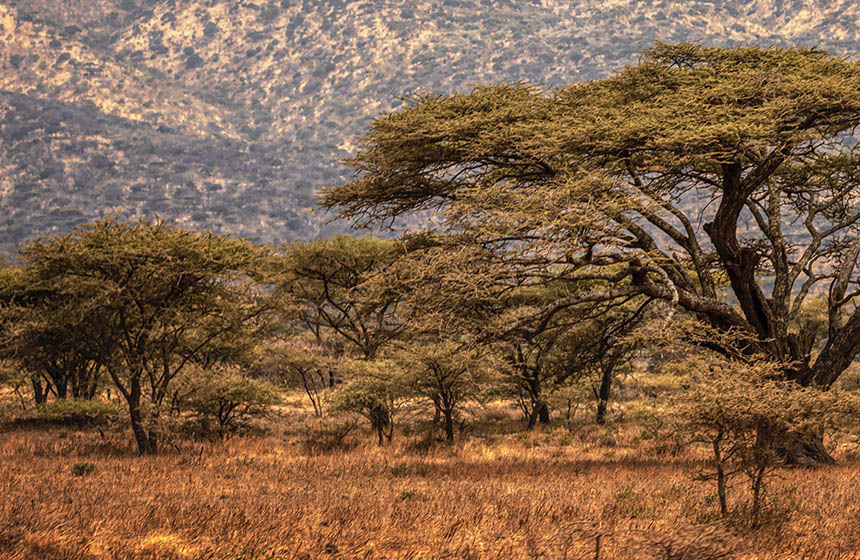Jurisdictional REDD+ project tackles national deforestation levels
Guyana’s jurisdictional REDD+ project has helped keep the annual national deforestation rate to 0.1 percent while providing finance mechanisms for a national carbon credit strategy.
Nature-based Intervention:
The project is a REDD+ partnership with the government of Guyana which aims to support low-carbon development strategies through carbon crediting aimed at limiting national deforestation rates. This project covers all 18 million hectares of forest found within Guyana, which covers about 85% of the entire country. This has allowed the country to issue 33.47 million ART-TREES credits between 2016 and 2020, which has allowed for large scale financing of activities across this country.
Overview of context and outcomes:
Guyana is one of the South American countries which lies within the amazon basin making it a critically important watershed and hotspot of biodiversity. The country has had a historically low deforestation rate which this program can help the community benefit from.
Case effectiveness on
Climate change
The project reports that the national initiative has helped sequester 19.5 billion tons of CO2. This has reportedly been measured through the generation of 33.47 million ART-TREES credits which were issued between 2016 and 2020.
Ecosystem health
Ecological effect: PositiveThe focus of this effort is to conserve the majority of Guyana’s intact and biodiverse forest landscapes. Through this effort the project has reportedly supported the maintenance of habitat quality and habitat extent within the country.
Socioeconomic outcomes
The first sale of credits reportedly included one-third of the total credits generated by the forests of Guyana which is equal to 37.5 million credits worth $750 million. This has reportedly provided large scale financing for the country to support job creation and REDD+ development projects. The funds generated have also reportedly been directed towards supporting the Amerindian Titling Program, with tens of millions of dollars going to the program. This project helps to give land titles to the 235 indigenous communities in the country who manage 12% of its forests. The government of Guyana has reportedly reserved 15 percent of the total REDD+ revenue to help Indigenous villages. This villages have then used these funds to support things such as improving infrastructure, increasing access to education, improving health services, and supporting the improvement of local economies through job creation. The funds have also been used to help support local agricultural production.
Governance
The overall project is governed and implemented through the government of Guyana and the REDD+ program. In indigenous villages the allocation of funds earned is decided through a democratic process, where they develop Village Sustainability Plans and identify community priorities for development.
Finance
The origins of this program stem from a 2009 agreement between Norway and Guyana, where the Norwegian government agreed to pay Guyana up to $250 million to adapt the REDD+ framework into a national scale program. Once this agreement finished the project transitioned to the carbon market model.
Monitoring and evaluation
The government of Guyana has reportedly implemented monitoring for deforestation threats such as illegal gold mining within the country.
Trade-offs and limitations
No information yet available on tradeoffs.

Intervention type
- Management
Ecosystem type
- Tropical & subtropical forests
Instigators
- National government/agency
Societal challenges
- Biodiversity conservation
- Climate change mitigation
- Economic and Social development
- Rights/empowerment/equality
- Food security
- Health
Outcomes
- Food security: Positive
- Water security: Not reported
- Health: Positive
- Local economics: Positive
- Livelihoods/goods/basic needs: Positive
- Energy security: Not reported
- Disaster risk reduction: Not reported
- Rights/empowerment/equality: Positive
- Conflict and security: Positive
- No. developmental outcomes reported: 6
Resources
Read resource 1Read resource 2
Literature info
- Grey literature



